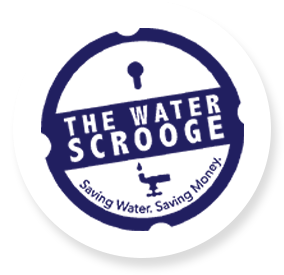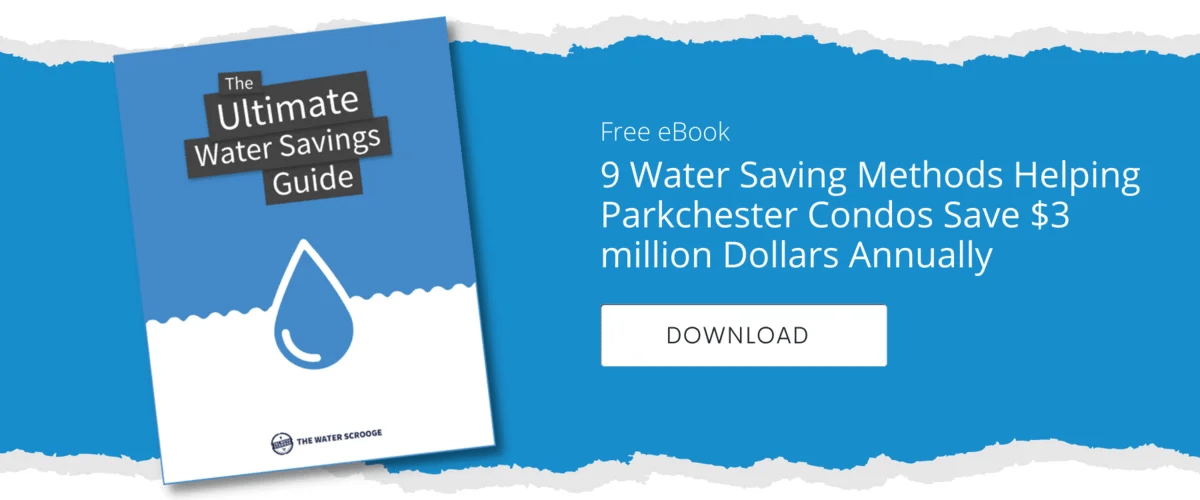3 min read
What Rising Water Bills Mean for Landlords in 2016
![]() David Schwartz
Apr 28, 2016 9:00:00 AM
David Schwartz
Apr 28, 2016 9:00:00 AM

Over the past year, the cost of water rose 6% in 30 major U.S. cities. Overall, the analysts at Circle of Blue report that water costs 41% more than it did in 2010. For landlords of multi-tenant buildings in NYC and other areas nationwide, the cost of providing water and sewer services to tenants has become a source of concern.
In NYC, residential buildings are the biggest tap on the city's water resources, accounting for 62% of total use. Between climate and aging infrastructure-related challenges, water shortages are a real concern for the city's water supply. From a multi-tenant landlord's perspective, the impact is seen in dollars and cents—water bills resulting from tenant usage are now a major component of monthly operating expenses. Join us as we review how higher water bills in NYC and other areas have an impact on landlords.
Higher Operating Expenses & Lower Margins
If you're a multi-tenant landlord in NYC, brace yourself. The 200% increase in water costs over the past decade is just a taste of what's to come. In areas where landlords are not permitted to pass water costs on to tenants, you're already experiencing bills that are cutting into your profits. You are personally responsible for water bills, which can seem like an expense that's difficult to control. Since your tenants have little motivation to take quick showers, turn the water off when brushing their teeth, or engage in other conservation-minded behaviors, chances are their usage is cutting right into your profits.
Tenants who take excessively long showers or leave the water running for hours aren't necessarily acting maliciously. In their mind, they've already paid their water bill since it's "included in rent." Virtually every multi-tenant landlord has experienced tenants whose water usage sends bills through the roof. Unfortunately, given NYC's laws, there's little you can do to encourage better conservation behaviors.
The "utilities included" model doesn't benefit landlords. Tenants also have no financial incentive to notify the maintenance team when faucets or toilets begin leaking, which can waste thousands of gallons of waters per month. Aside from routine unit inspections, owners are at the mercy of their tenants to understand when water-wasting issues arise.
Is Raising the Rent the Way to Go?
Landlords are all very familiar with the questions they ask when leasing new units and examining annual increases in rent -- if they're permitted to raise the costs of living at all. These questions can include:
- How much water does the average unit use?
- How much will city utility bills go up this year?
- How can I protect my profits and remain competitive?
Unfortunately, few landlords have the option to raise rent prices at the same meteoric rate as water bills are increasing. Raising rent at a rate that covers the 200% increase in water over 10 years could cause costly turnover in residency. Passing expenses directly on to tenants can result in vacancies and lower resident satisfaction.
Even in rental markets that favor landlords, it can be critical to control rent prices closely to ensure vacancies are filled quickly. Using factors like the average rent in your area to set pricing can be crucial if you want to remain competitive and attract new tenants without losing money.
Are Incentives and Education a Solution?
As SmartGrowthAmerica points out, renters in multi-tenant buildings often have "little financial incentive" to engage in conservation or retrofitting efforts since they do not own their home. To create incentive for renter water efficiency, certain utility companies offer rebates, low-interest loans, and other incentives to multi-tenant landlords in order to perform energy and water-efficient improvements on their buildings. Check with your utility company about any options that may be available to you.
Research by the Institute for Building Efficiency in 2012 indicates that the best results may occur when landlords and tenants work "collectively" on conservation efforts. Tenant education efforts may effectively help conservation. Another suggestion provider by researches is to pass on savings from water efficiency to the tenants.
Water Conservation Technologies
The United Nations' report on water and energy efficiency projects that the demand for water will outstrip availability by 2030. The UN's report indicates that water conservation technologies, when coupled with policy reform and infrastructure improvements, are critical to a healthy global future. For many multi-tenant landlords, implementing water conservation technologies in tenant units can be among the most cost-effective ways to realize an immediate reduction in water usage.
It's crucial for Landlords to invest wisely in water conservation technologies that don't have a drastic impact on tenant satisfaction. Low-quality faucet aerators, low-flow shower heads, and toilet converters can cut into tenant satisfaction, leading to tampering or further utility abuse.
By retrofitting bathroom and sink fixtures with tamper-proof fixtures and spa shower heads to reduce usage, tenants can enjoy satisfactory water pressure during showers and hand washing, with a noticeable reduction of gallons-per-day per resident. In fact, our clients are experiencing an average annual savings of $500 per unit.
Ultimately, landlords can't control the spikes in water prices set by their local utility company. While they can encourage tenants to conserve through educational programs, it can be difficult to provide incentive for water-saving behavior when tenants don't directly see the costs of their daily showers and water usage. The only thing multi-tenant landlords can control is wasted water from shower heads and faucets and leaks. Patented tamper-proof technologies and regular inspection can go a long way towards comfortably reducing flow to showers and faucets and reducing leaks.
To learn more about how The Water Scrooge can improve your profit margins, click here to explore our complimentary water savings calculator.


